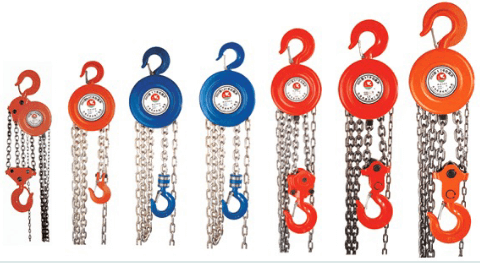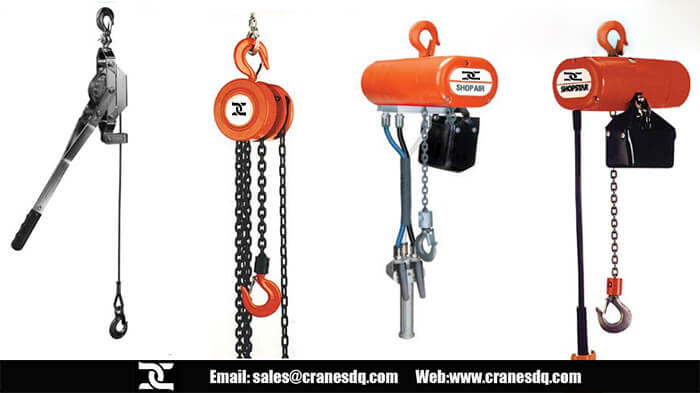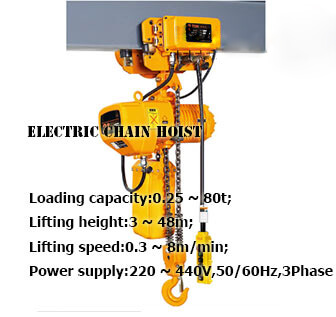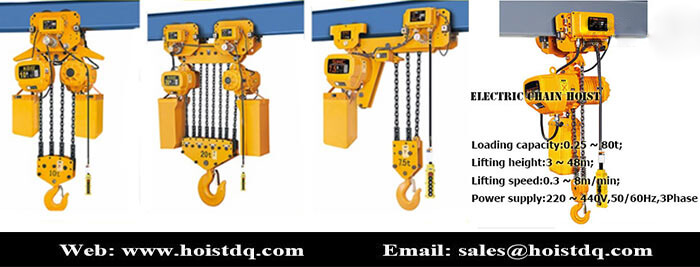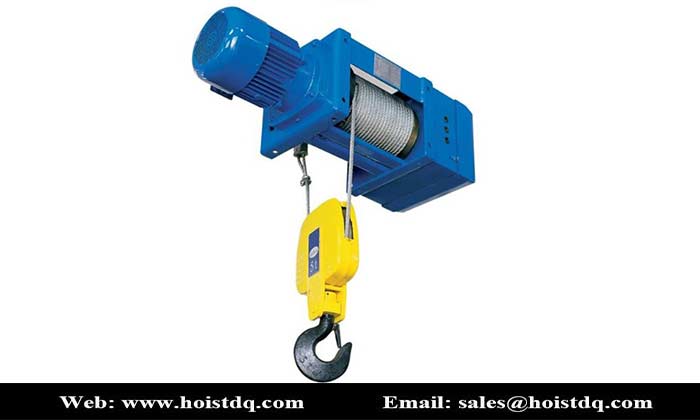Common faults of electric hoist (2)
In order to do a safe operation of the electric hoist, promptly and accurately deal with various failures that occur during operation, has become an important part of construction and production. Combined with the experience of installation and maintenance, a detailed analysis of the causes of some common faults of electric lifting hoist.
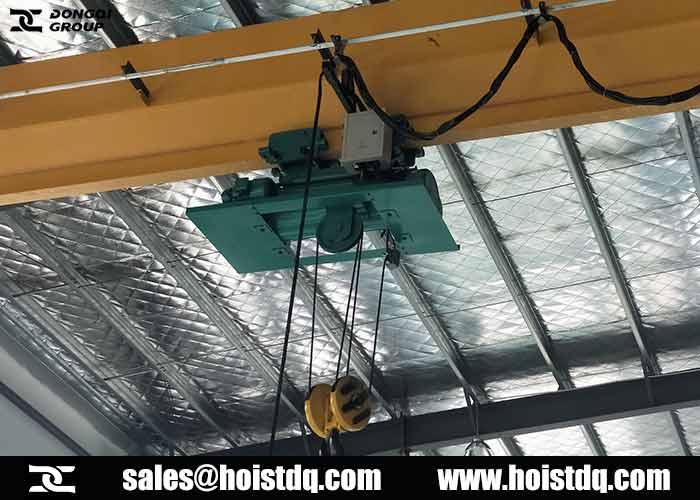
3.The stopping and sliding distance during braking exceeds the specified requirements.
- When the electric hoist is applied for a long time, the brake ring wears too much, which reduces the pressure of the brake spring and reduces the braking force. The solution is to adjust the brake bolt or replace the brake ring.
4. The motor temperature rise is too high.
- First, check whether the hoist is overloaded. The overload will cause the motor to heat. Long-term overload will burn the motor; if the motor is not overloaded, it will still heat.
- Check the motor bearings for damage; also check whether the motor works according to the specified working system, which also causes the motor to heat.
- One of the reasons is that it should work strictly in accordance with the motor working system when used.
- When the motor is running, the brake gap is too small, and it is not completely disengaged, which generates a lot of friction.
- At the same time, the friction heat also increases the additional load, which reduces the motor speed and the current becomes larger and heats up. Adjust the brake clearance.
5. The heavy object rises to mid-air and cannot be restarted after stopping.
- First check whether the system voltage is too low or whether the fluctuation is too large.
- If this is the case, only wait for the voltage to return to normal before starting; on the other hand, pay attention to the lack of phases during the operation of the three-phase motor. Number of power phases.
6. Can’t stop or stop at the limit position.
- This type of situation is generally the contact welding of the contactor.
- When the stop switch is pressed, the contactor of the contactor cannot be disconnected, the motor runs as usual, and the hoist does not stop; when the limit position fails, the hoist does not stop parking. In this case, immediately cut off the power supply and force the hoist to stop.
- After parking, repair the contactor or limiter, if the serious damage can not be repaired, it is the same to replace the miniature electric hoist.
7. The fault-free motor of the circuit cannot start.
- During winter construction, especially after snow, the motor with no fault circuit still can not start, the reason is that the brake ring is frozen to death, if it is forced to start at this time, it is easy to burn the motor. The solution is to open the motor cover and pry the motor with a crowbar so that it can rotate freely.
8.The steel wire rope can’t just go up and down.
- The reason is that the stroke limiter is damaged, and it is the same to replace the stroke limiter chain hoist.
Through the analysis of common faults and treatment of electric hoist, the hoist maintenance personnel know where to start the inspection when handling the fault, which improves the efficiency of overhaul. In addition, it also provides the operator with a method to deal with the problem on site.
